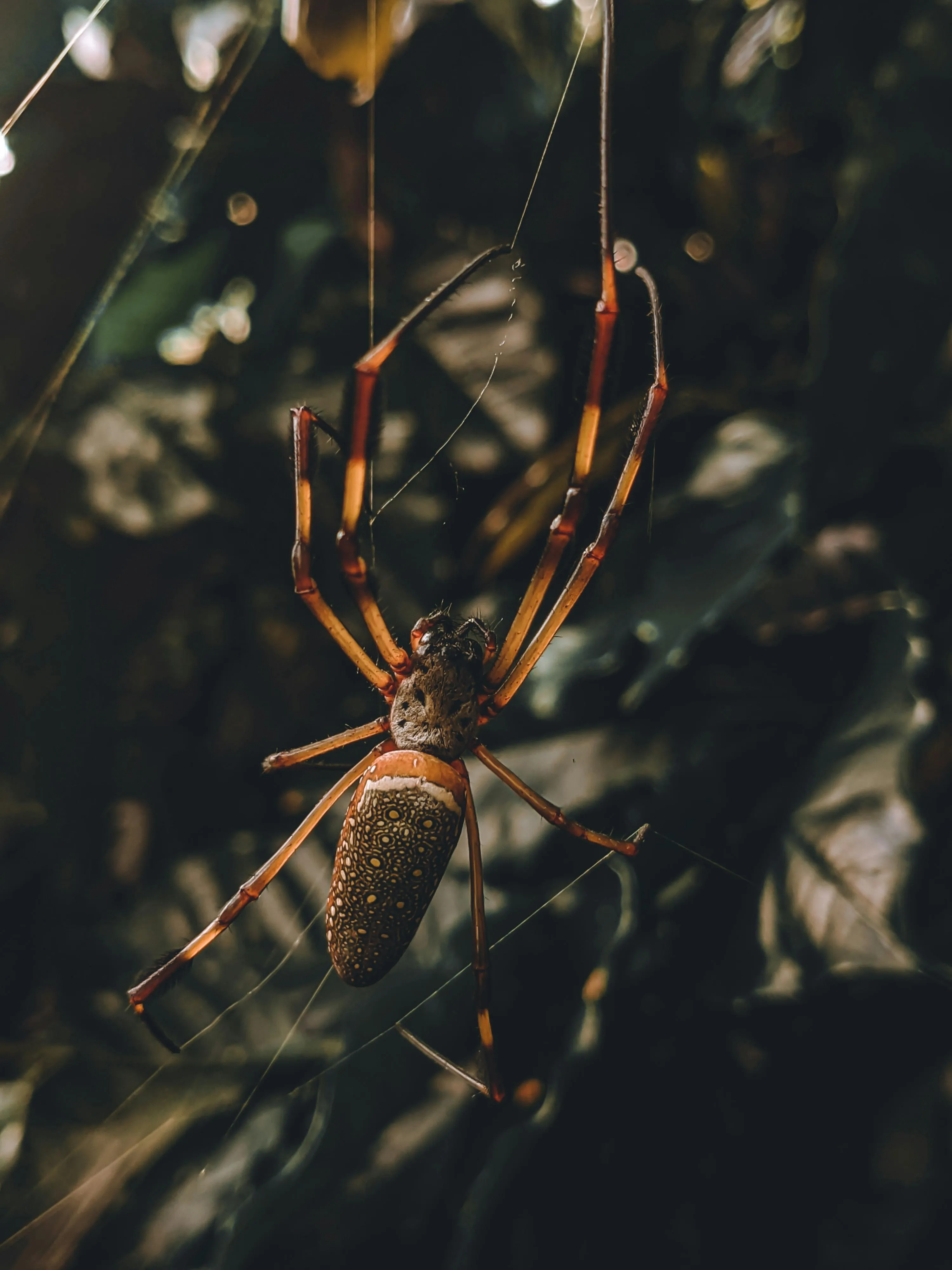Bringing a tarantula into your home can be an exciting venture. These fascinating creatures make captivating pets, offering a unique experience for any enthusiast. This comprehensive guide provides you with the essential knowledge you need to embark on your tarantula-keeping journey, from choosing the right species to ensuring their health and well-being. Preparing for a tarantula involves more than just getting a spider; it’s about understanding their needs and creating an environment where they can thrive.
Choosing Your First Tarantula
Selecting the right tarantula is the first and most crucial step. Different species have varying temperaments, care requirements, and sizes. Researching these aspects will ensure you choose a tarantula that aligns with your lifestyle and experience level. Considering your personal comfort level with handling and the space you can dedicate to the enclosure is also vital.
Research Different Species
Start by exploring various tarantula species. Some popular beginner-friendly choices include the Chilean Rose Hair Tarantula (Grammostola rosea), the Pinktoe Tarantula (Avicularia avicularia), and the Curly Hair Tarantula (Tliltocatl albopilosus). These species are generally docile, easy to care for, and have moderate growth rates. Online resources, books, and experienced keepers can provide valuable information on each species’ specific needs.
Consider Temperament and Size
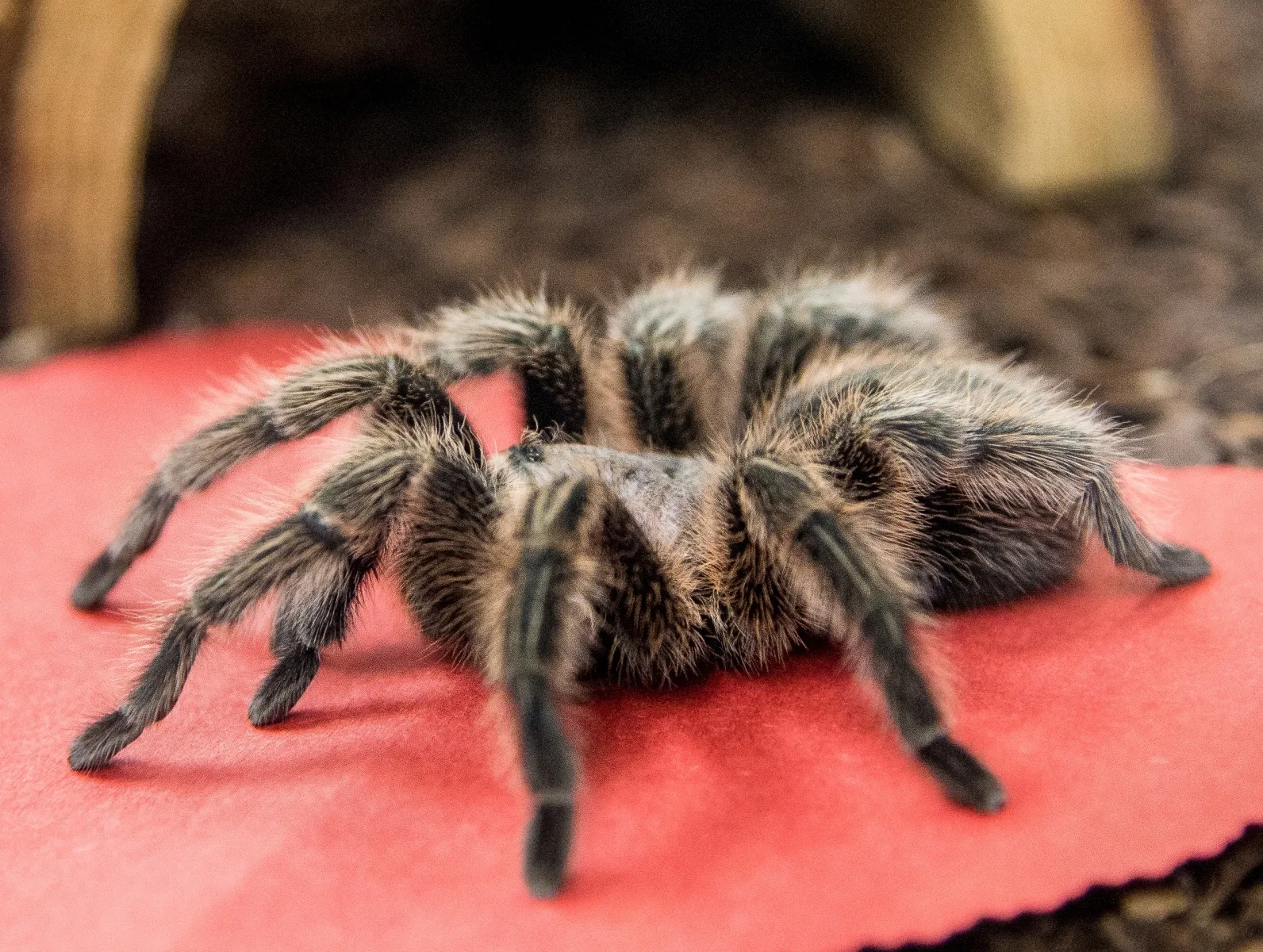
Temperament varies greatly among tarantulas. Some species are more prone to defensive behaviors like biting or flicking urticating hairs (small, irritating hairs). Consider your comfort level with these behaviors. Size is also a factor; larger tarantulas require bigger enclosures and more space. Smaller species are typically easier to manage, especially for beginners. Make sure to select a species that fits your living situation.
Acquiring Your Tarantula
Once you’ve chosen your species, you’ll need to find a reputable source to purchase your tarantula. Healthy tarantulas are typically found at specialized pet stores, reputable breeders, or reptile shows. Avoid purchasing from sources that appear to lack proper care or are selling unhealthy specimens. Always ensure the tarantula is eating and active before making a purchase.
Where to Buy
Specialized pet stores focusing on reptiles and exotic pets often carry tarantulas. Breeders are a good source as they can provide valuable insights into the tarantula’s background and care. Reptile shows offer a chance to see a variety of species and speak directly with breeders. Avoid purchasing from online marketplaces without verifying the seller’s reputation and practices.
Quarantine Procedures
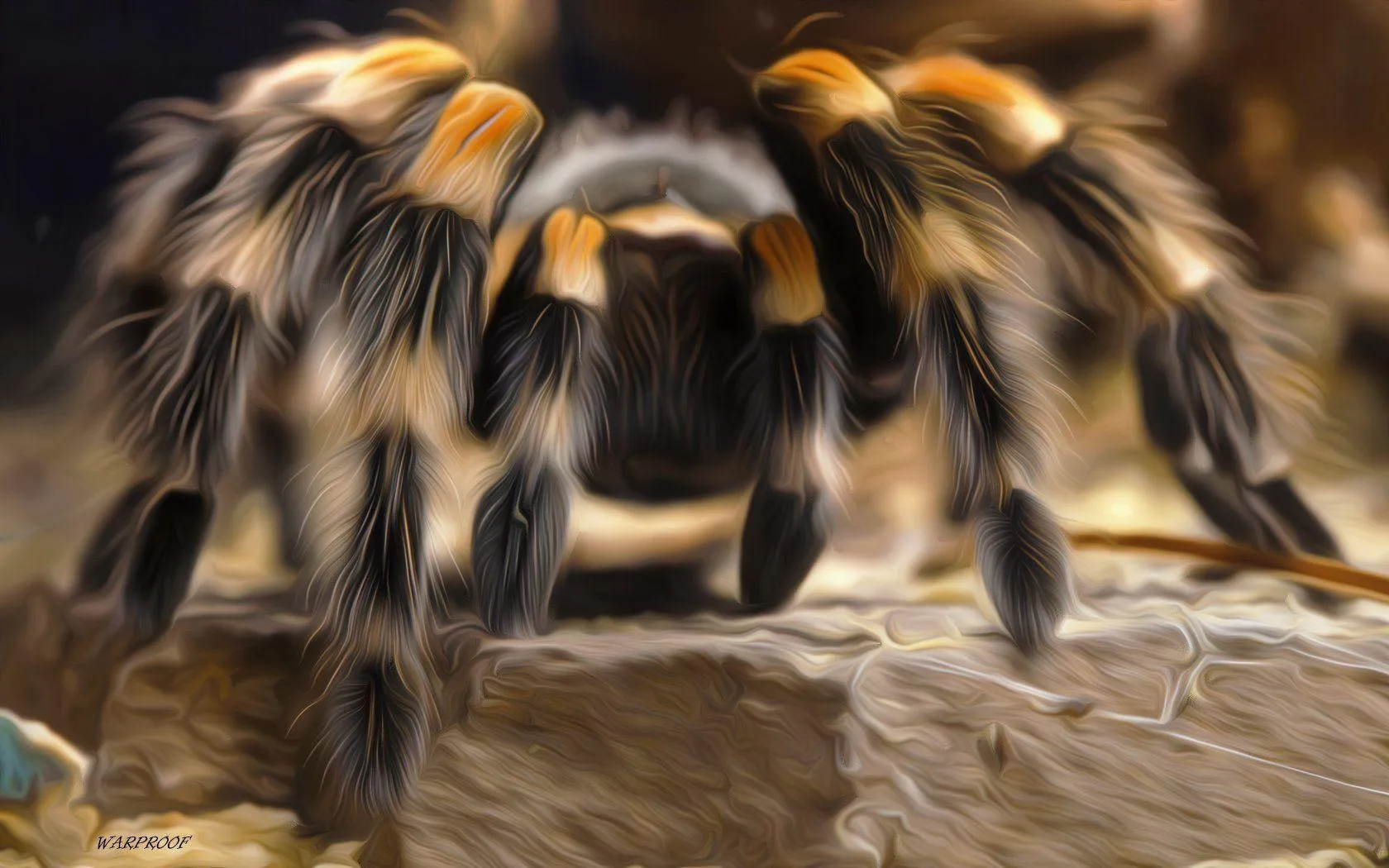
When you bring your new tarantula home, quarantine is important. Set up a temporary enclosure separate from other pets. Observe the tarantula for any signs of illness or parasites. This prevents potential issues from spreading. Quarantine for 30-60 days to ensure your tarantula is healthy before introducing it to a permanent setup near other pets.
Setting Up the Perfect Enclosure
The enclosure is your tarantula’s home, so creating the right habitat is crucial. The setup should replicate their natural environment. Considerations include the size of the enclosure, the type of substrate, decorations, and environmental controls like temperature and humidity. A well-designed enclosure is essential for your tarantula’s well-being.
Selecting the Right Tank
The enclosure’s size depends on the tarantula species and size. A general rule is that the enclosure should be at least twice as wide as the tarantula’s leg span. The height is also important. Terrestrial species, which live on the ground, typically do not need tall enclosures. Arboreal species, living in trees, will need tall enclosures. Ensure the enclosure has a secure lid to prevent escapes.
Substrate and Decor
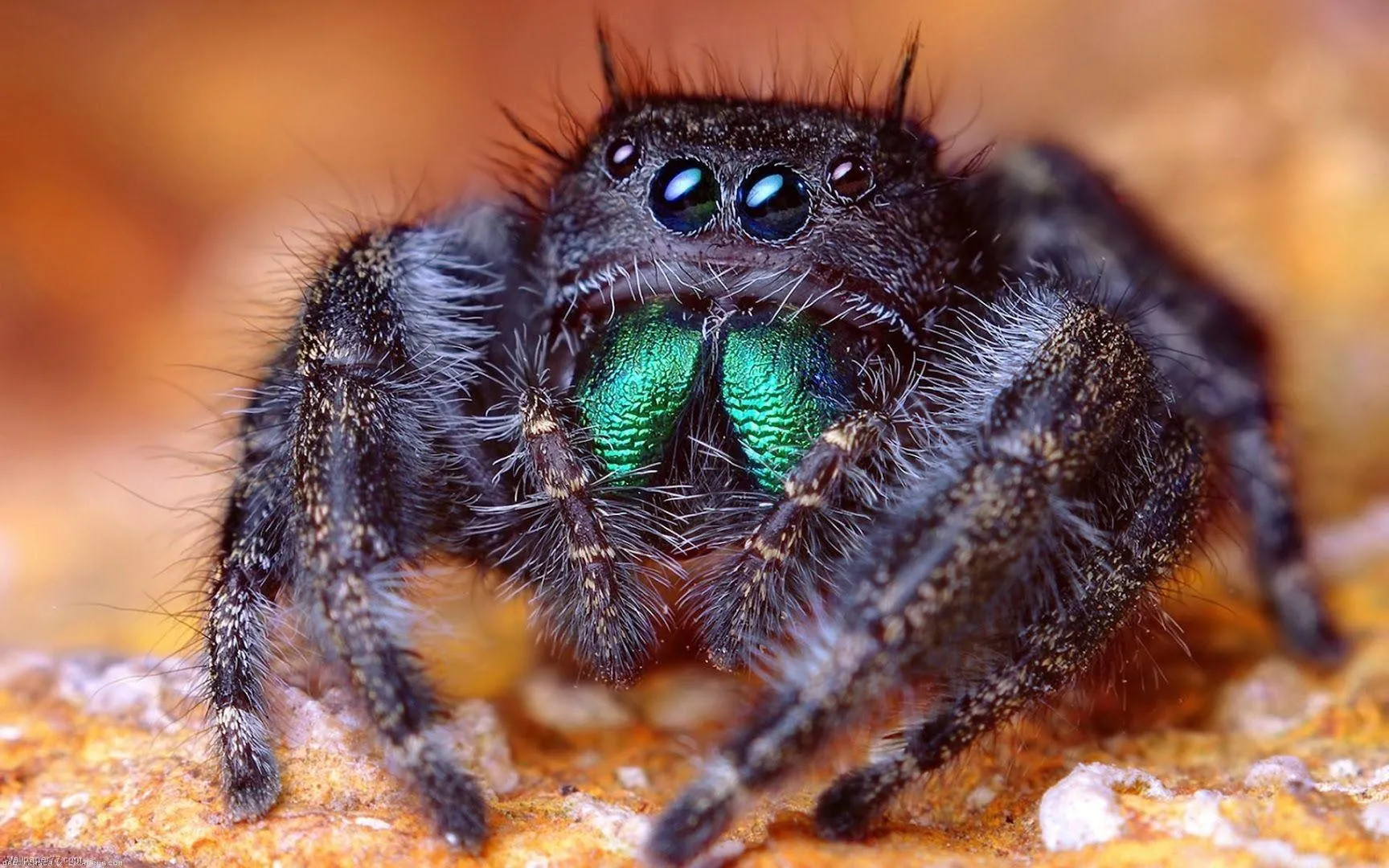
Substrate is the material that covers the bottom of the enclosure. Good options include coconut fiber, peat moss, and a mixture of these. The substrate should be several inches deep, allowing the tarantula to burrow if it is a terrestrial species. Decor adds enrichment. Include hides like cork bark or artificial plants. Make sure decorations are secure and nontoxic.
Maintaining Temperature and Humidity
Most tarantulas thrive in temperatures between 75-85°F (24-29°C). Use a heat lamp or under-tank heater to maintain this temperature. Humidity requirements vary depending on the species. Use a hygrometer to monitor the humidity levels. Increase humidity by misting the enclosure regularly or providing a water dish. Ventilation is also important to prevent mold growth.
Feeding Your Tarantula
Feeding is a key part of tarantula care. Providing the right food and frequency is vital for your tarantula’s health and growth. Observe your tarantula’s eating habits and adjust the feeding schedule as needed. Overfeeding can lead to health problems, so it’s best to avoid this.
Appropriate Food Types
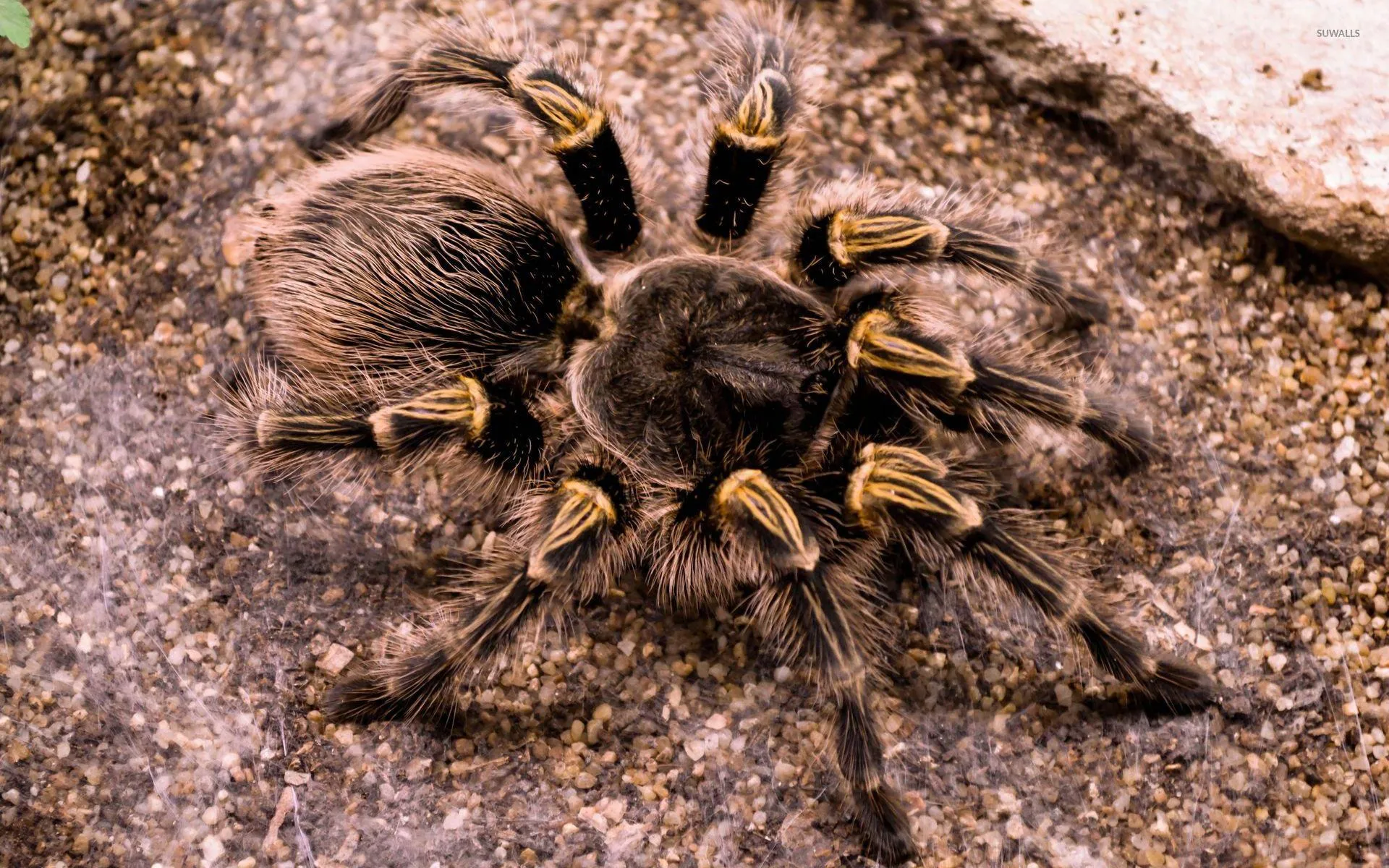
Tarantulas are primarily insectivores. The most common food source is crickets, mealworms, and roaches. The size of the prey should be appropriate for the tarantula’s size; the general rule is that prey should be no larger than the tarantula’s body. Ensure that the insects are gut-loaded (fed nutritious food) before feeding them to your tarantula, to provide more nutritional value. Avoid feeding wild-caught insects, as they may carry parasites or pesticides.
Feeding Frequency
The feeding frequency depends on the tarantula’s age and metabolism. Spiderlings (young tarantulas) may need to be fed more frequently, such as every other day. Adults can be fed once or twice a week. Observe the tarantula’s abdomen; if it’s plump, it has enough food. If the tarantula refuses to eat, it could be preparing to molt or not hungry.
Providing Water
Fresh water is essential. Provide a shallow water dish in the enclosure. Keep the water clean by refilling it regularly. For smaller tarantulas, a water-filled bottle cap can be used. Make sure the dish is easily accessible. Some species may prefer to drink from droplets of water on the enclosure walls after misting.
Tarantula Health and Safety
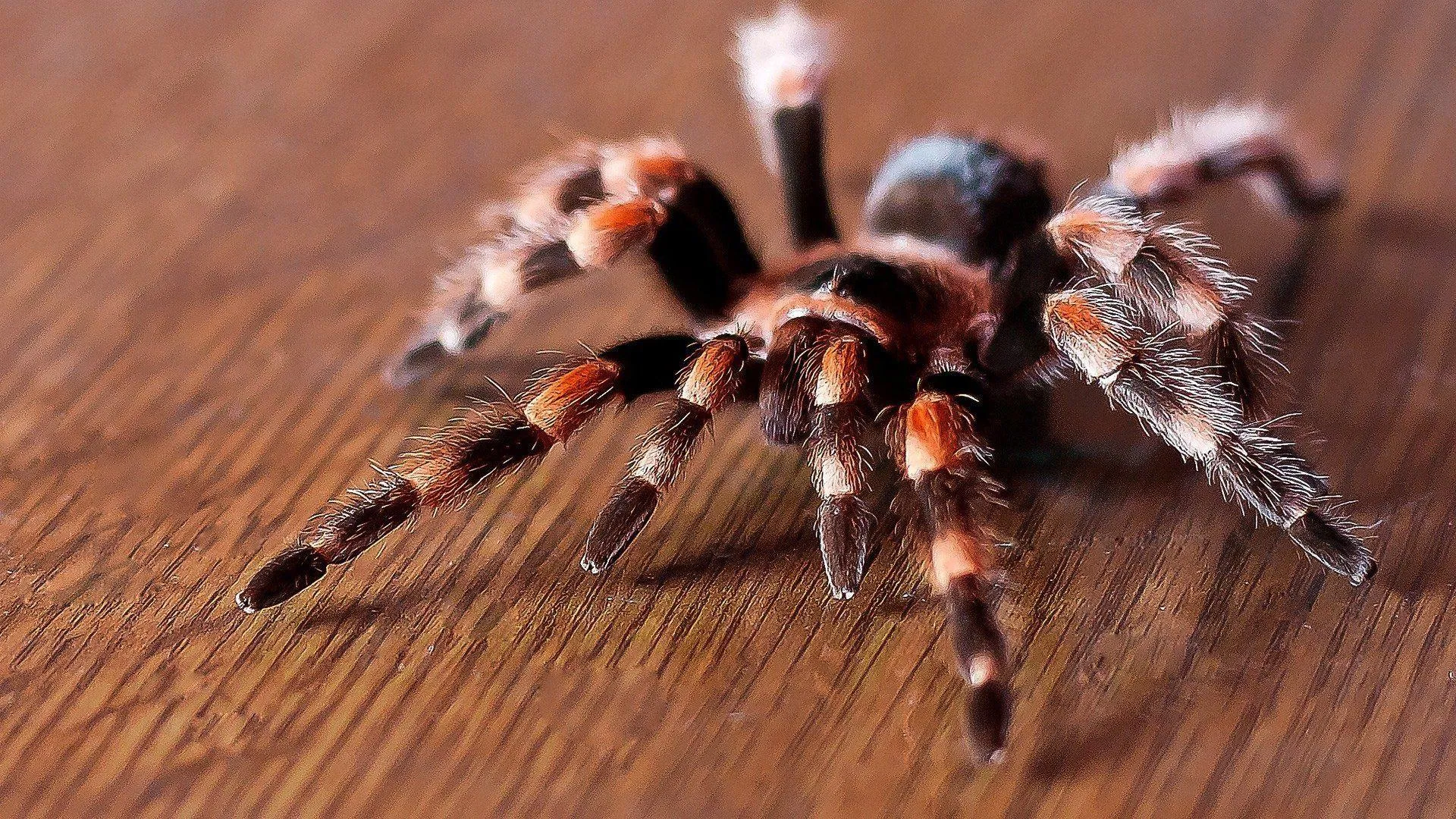
Keeping your tarantula safe and healthy involves understanding common health issues, practicing safe handling, and performing regular enclosure maintenance. By being proactive in these areas, you can significantly improve your tarantula’s quality of life and ensure it lives a long, healthy life.
Recognizing Common Health Issues
Look for signs of health problems such as lethargy, loss of appetite, and unusual posture. Dehydration can be a common issue. Make sure your tarantula has access to water. Parasites can also be a problem. If you notice mites or other parasites, consult a veterinarian specializing in exotic animals or your breeder. Check for any injuries or abnormalities during regular inspections.
Safe Handling Practices
Handling tarantulas should be kept to a minimum, as it can cause stress. If you need to handle your tarantula, do so over a soft surface to prevent injury if it falls. Some tarantulas have defensive behaviors like biting or flicking hairs. Research your tarantula’s species to understand its temperament and potential risks. Always wash your hands before and after handling your tarantula.
Regular Enclosure Maintenance

Regularly remove any uneaten food and waste. Spot clean the enclosure as needed, and change the substrate every few months. This keeps the environment clean and healthy. Check the humidity and temperature regularly. This will help prevent mold and bacterial growth. Inspect decorations and the enclosure itself for any potential hazards.
Long-Term Tarantula Care
Understanding molting and lifespan expectations will give you a better perspective on the long-term care of your tarantula. As your tarantula grows, its needs may change, and you should be prepared to accommodate these changes. Watching your tarantula grow and thrive can be an incredibly rewarding experience.
Understanding Molting
Tarantulas molt (shed their exoskeleton) as they grow. This process can take several days to weeks, depending on the species and the tarantula’s size. During molting, the tarantula is vulnerable. Do not disturb your tarantula while it is molting. Increase humidity during molting. After molting, the tarantula’s fangs and exoskeleton will be soft. Wait a few days before feeding it.
Lifespan Expectations
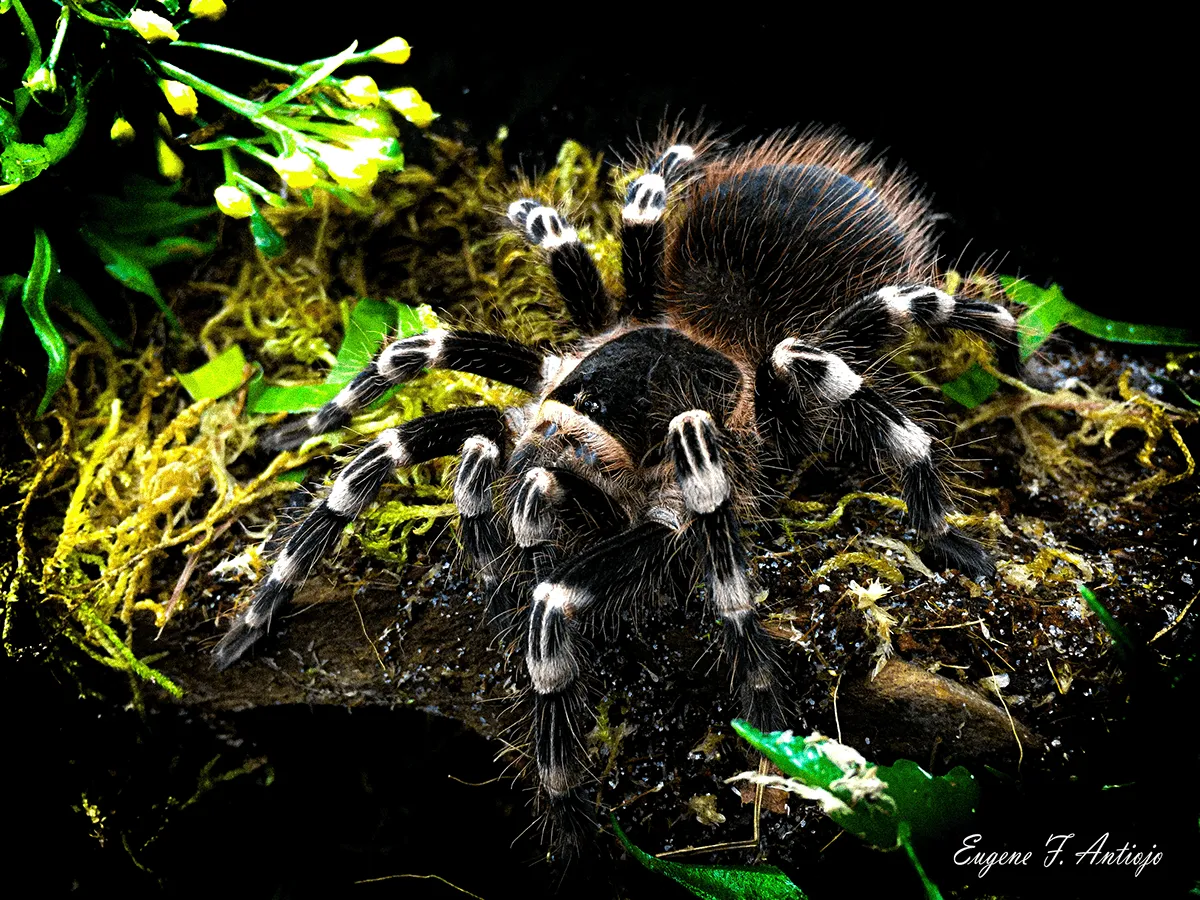
Tarantulas can live for many years. Females typically live longer than males. Some species can live over 20 years. Providing the right care, environment, and diet will maximize your tarantula’s lifespan. Regularly check the tarantula for signs of illness. If you have any concerns, consult with a veterinarian.
Caring for a tarantula is a rewarding experience. By following this guide, you’re well-equipped to provide your new pet with a healthy and enriching life. Enjoy the journey of learning and appreciating these amazing creatures. Remember to continuously research and consult with experienced keepers to improve your skills.
